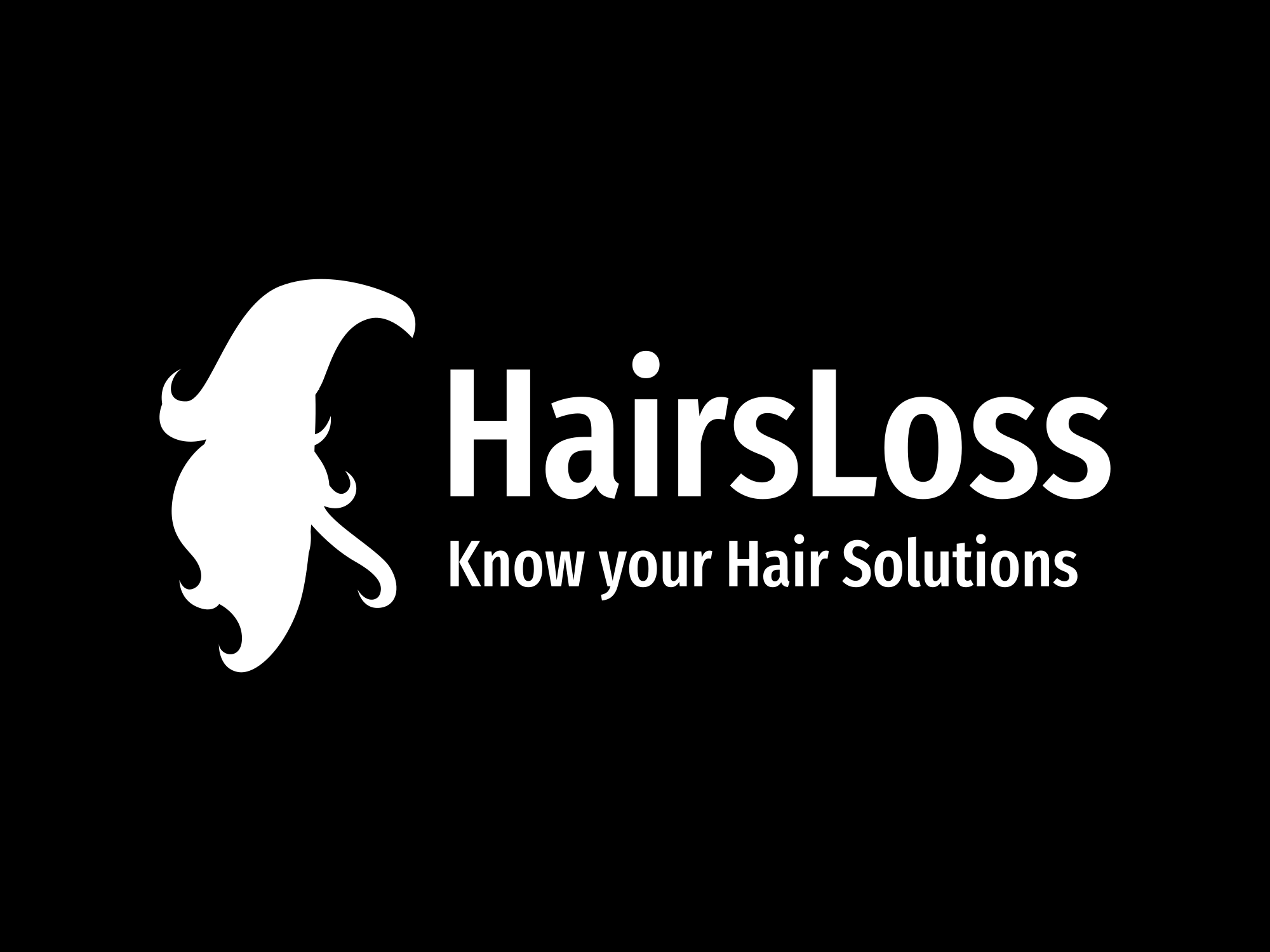Concerns about hair loss are shared by both men and women. Though heredity is a major impact, balding or thinning hair can also be caused by outside events. Can wearing hats cause me to lose my hair? is one of the most commonly asked questions. Does excessive use of gels, waxes, or sprays for hair styling cause hair loss? In this article we talk about Can Wearing Hats or Using Styling Products Cause Hair Loss?
Hats’ Effects on Hair Loss
Hats have the potential to harm hair in a few different ways and hasten the balding process. Some suggested explanations include tight hat bands applying pressure to the scalp, preventing airflow to hair follicles, or trapping perspiration and heat near the scalp. The majority of thorough research, however, has not discovered a connection between wearing a hat and faster male or female pattern baldness.
However, there are a few significant disclaimers. First of all, hats that are too tight and pull on hair shafts over time can harm hair. Tension has the potential to loosen follicles and cause shedding. Second, compared to materials like cotton, some hat styles, such as hardhats and helmets, do retain more heat and perspiration. In rare instances, this accumulation of perspiration, lipids, and microorganisms can irritate the scalp and block follicles.
Most such drawbacks can be mitigated by routinely cleaning the insides of hats and allowing the scalp to “breathe.” Furthermore, those with male or female pattern baldness should exercise special caution when wearing hats to prevent their genetic hair loss from getting worse. However, most people with healthy hair don’t think it’s bad to wear hats occasionally. It’s doubtful that wearing and taking off a hat on a regular basis can cause visible hair loss.
Can Baldness Be Caused by Hair Care Products?
What about all those cans and bottles of waxes, mousses, sprays, and hair gels? Is it possible for excessive use of styling products to irritate the scalp and result in hair loss? The answer is nuanced, but in general, no. Baldness is unlikely to occur on its own if conventional hair products are used appropriately and judiciously.
Nonetheless, a few crucial factors about the composition of the product, the condition of the scalp, and administration methods might reduce the likelihood of hair loss:
Ingredients: The majority of commercial gels, waxes, and sprays include ingredients that may irritate delicate scalps. However, natural oil-based products with shea butter or beeswax as a component are kinder. Reduce the amount of time you spend using items that are high in phthalates, sulphates, parabens, or alcohol.
Scalp Health: Clean, debris-free scalps are ideal for using styling products. Over time, clogged follicles can occur when dead skin, debris, or oils accumulate beneath applied cosmetics. Thus, always shampoo your hair before doing makeup.
Application Techniques: If hair is already fine or thinning, using styling products too vigorously (rubbing, scrubbing, or tugging) can harm follicles and cause breakage over time.
Another important thing is moderation. Frequent use of sparingly applied thick, sticky hair treatments is less likely to clog follicles than large handfuls of them. Give your hair a vacation by completely rinsing out all chemicals and, if you can, going natural.
Male and female pattern baldness might potentially be made worse by prolonged use of hair treatments that block pores or irritate the scalp, even though genetics is the main cause. Individuals who already have thinning hair should use styling products with extra caution and selection.
Other Hair Loss Reasons to Take Into Account
Although hats and hair products are frequently discussed, other hereditary and controlled variables are more significant in contributing to balding in both men and women:
Vitamin D, iron, zinc, and protein deficiencies are among the nutrients that might cause shedding.
- Stress: Follicle development cycles are disrupted by elevated cortisol and stress hormones.
- Medication: Substances used to treat long-term health issues like high blood pressure can thin people.
- Ageing: Growing older causes a decrease in the production of collagen and growth hormone, which are essential for strong hair.
- Events in Life: Menopause, postpartum, and significant weight reduction are typical causes of hair loss.
- Family History: Androgenetic alopecia, which results in oestrogen imbalance and testosterone excess (male and female pattern baldness), is mostly inherited.
The lesson here is that although hats and hair products are often speculated to be the cause of hair loss, factors such as heredity, underlying medical disorders, medications, hormones, and nutritional status are far more likely to have a role in whether or not you eventually develop thinning hair or balding.
In summary
While it might be upsetting to lose hair, it’s crucial to recognise the true causes that are under your control and those that are outside of it. The majority of people do not experience noticeable hair loss while using styling products and hats in moderation. To keep your hair healthy, focus more on your diet, stress management, family history, and general scalp care. If you’re already going bald, treat your hair especially gently and wear hats less often. And if there is an abrupt increase in shedding, see a dermatologist. With this understanding, you can freely style your hair and use caps when appropriate without needlessly worrying about growing bald.
